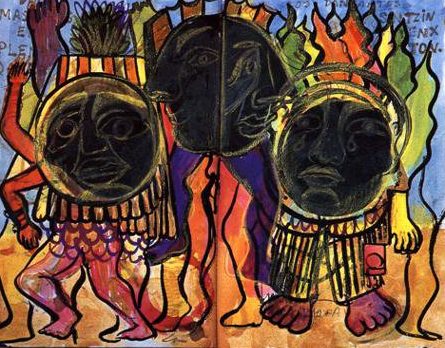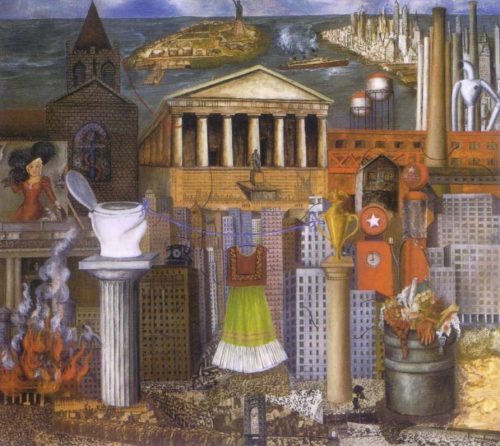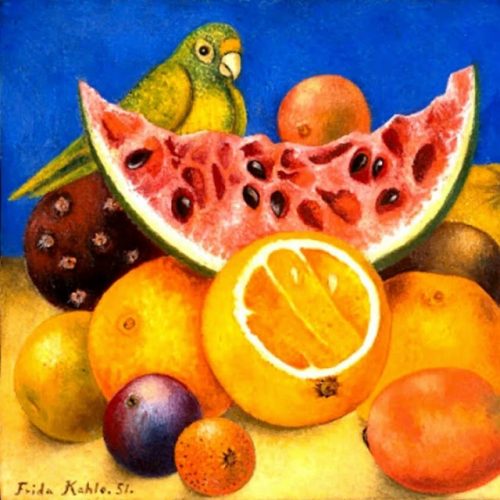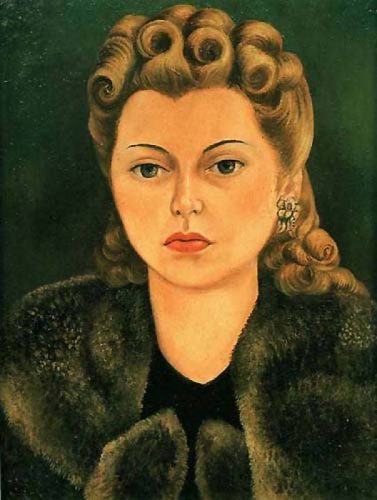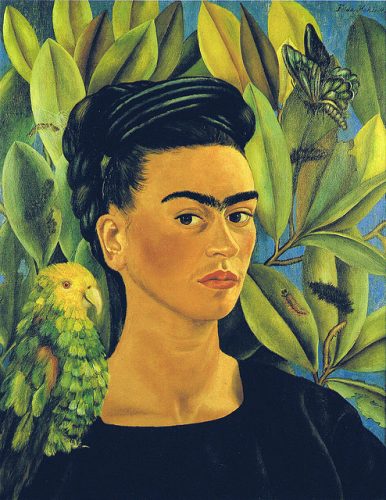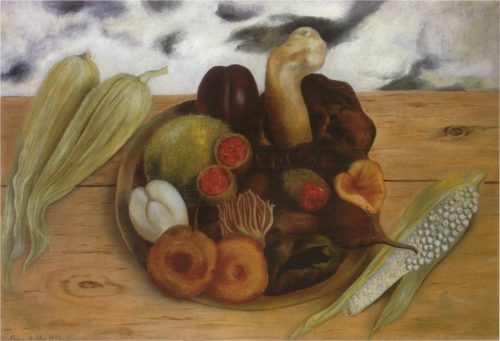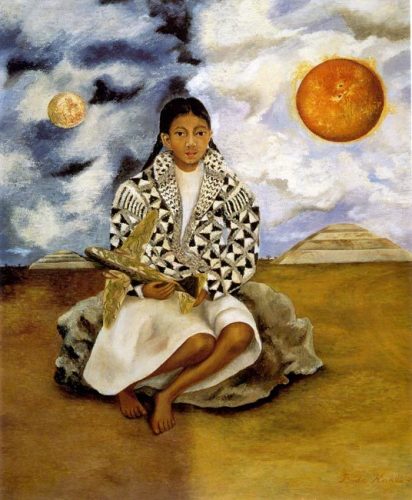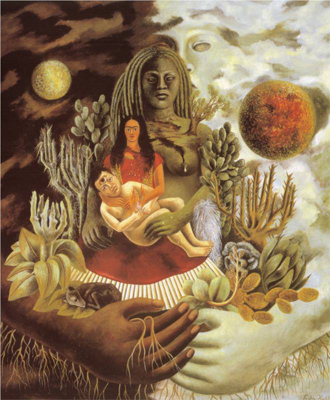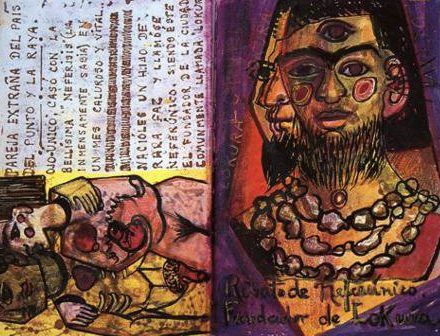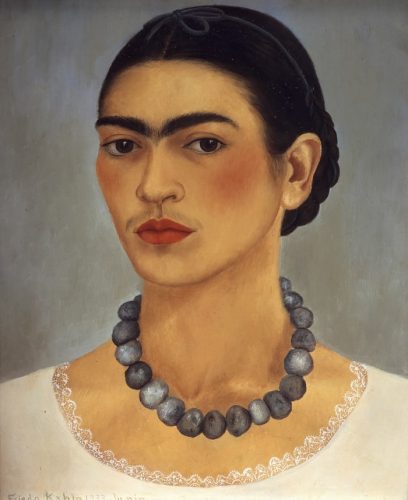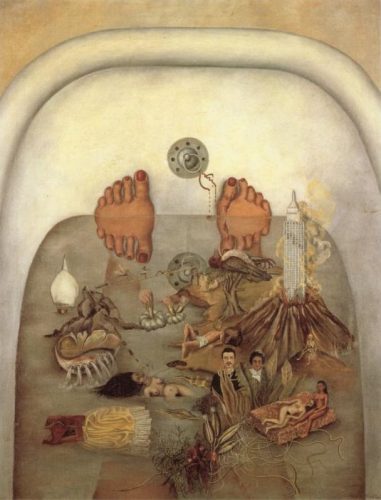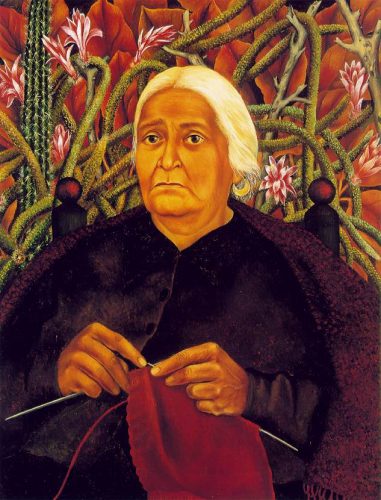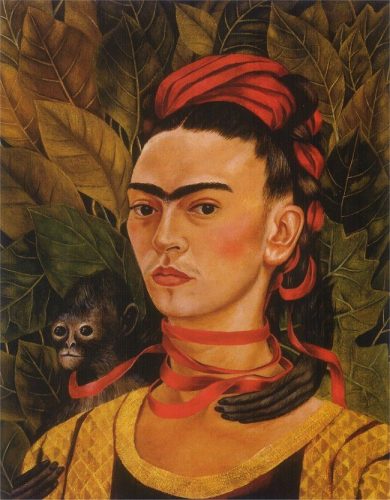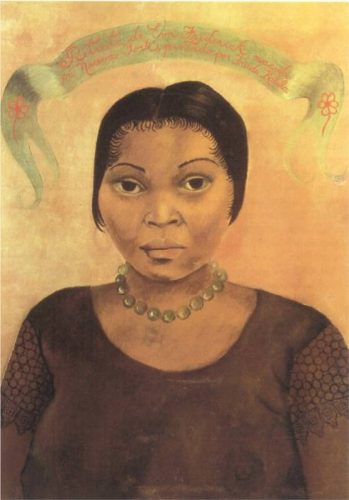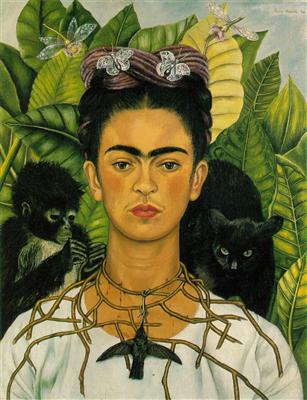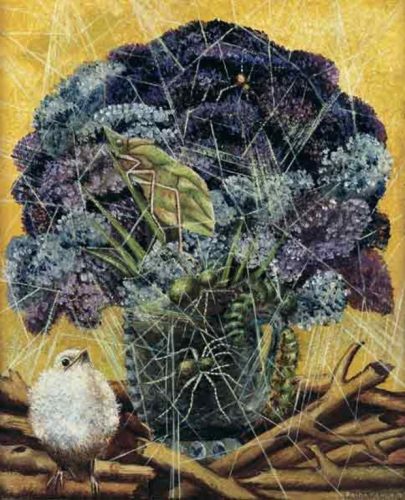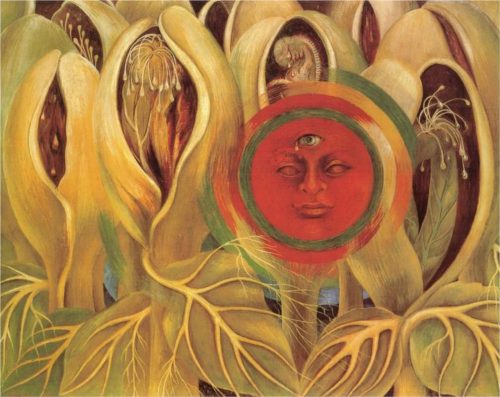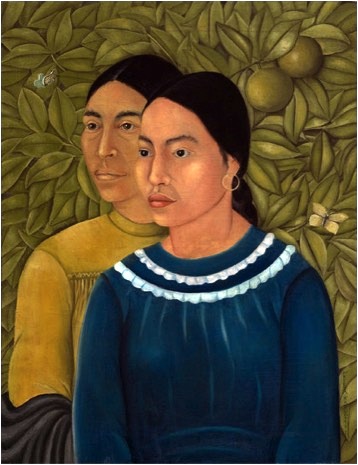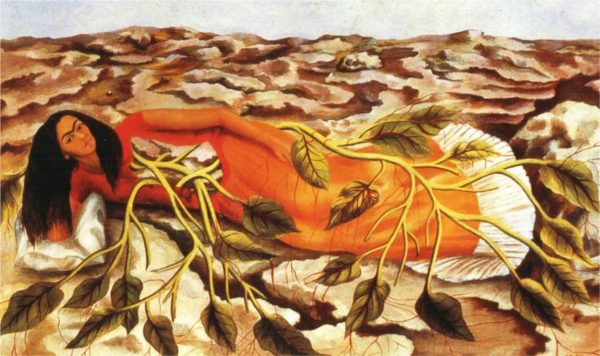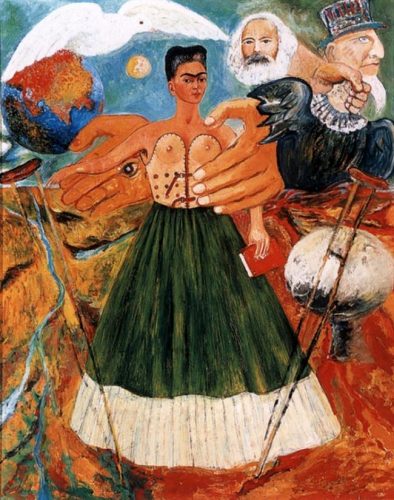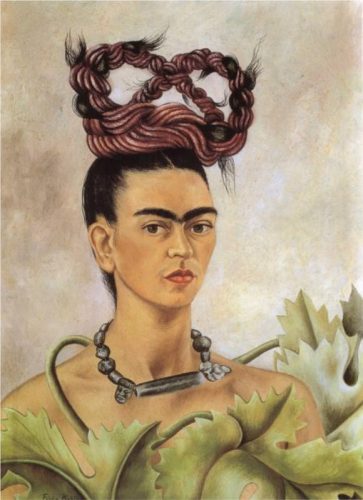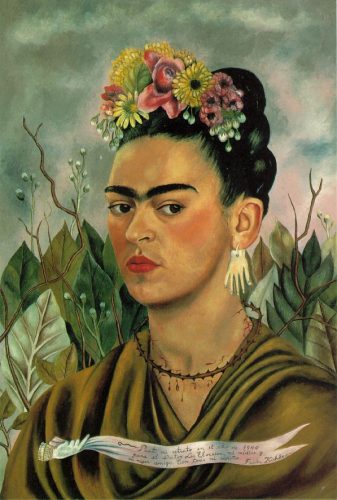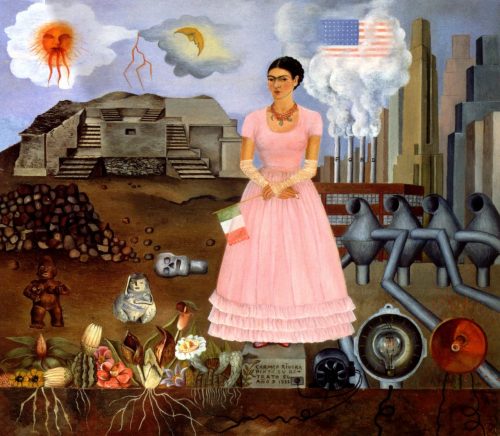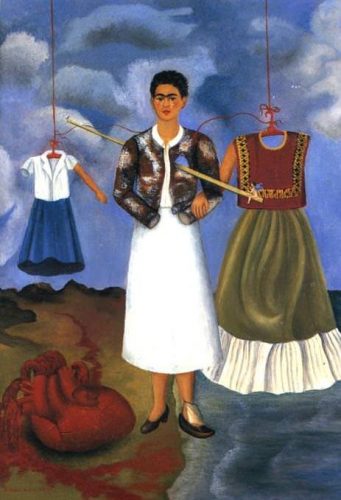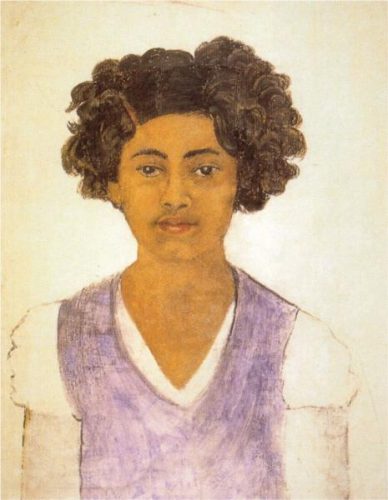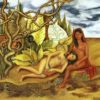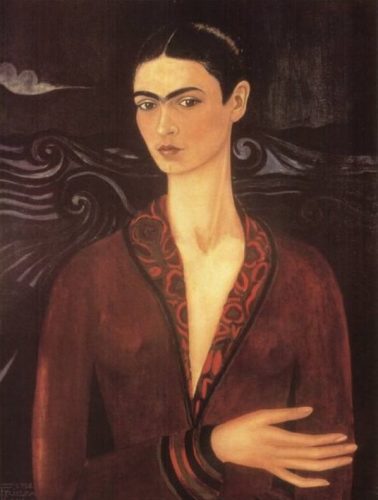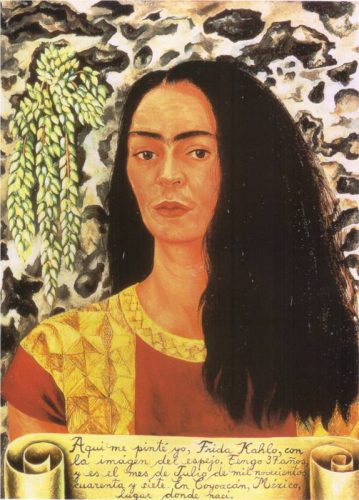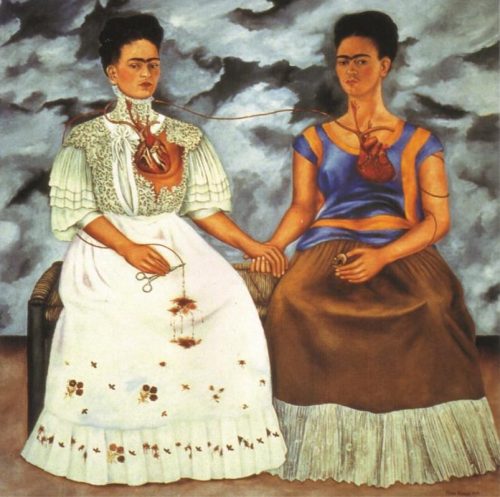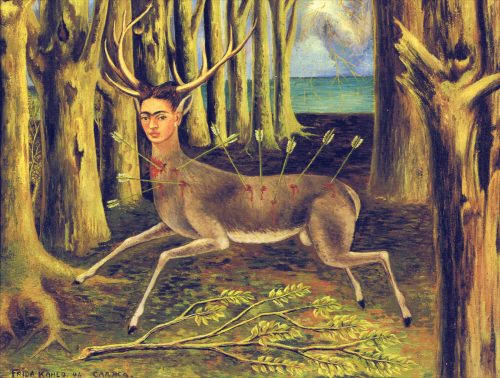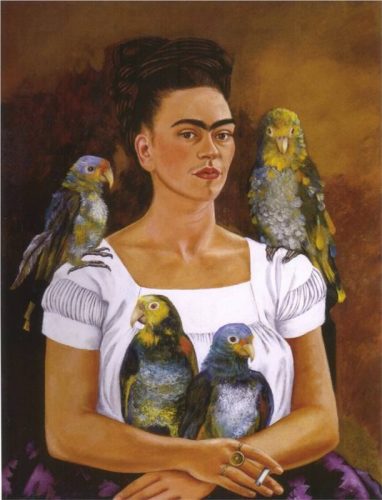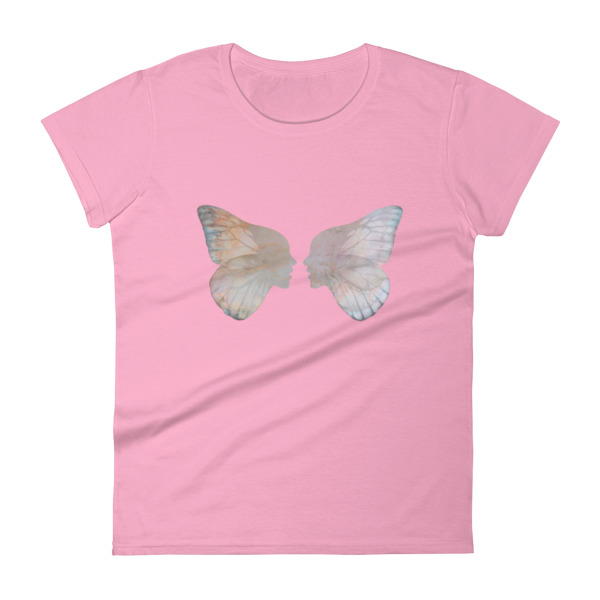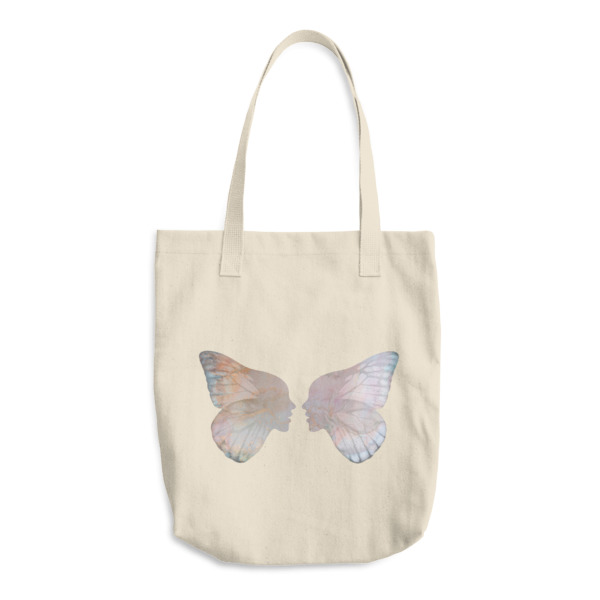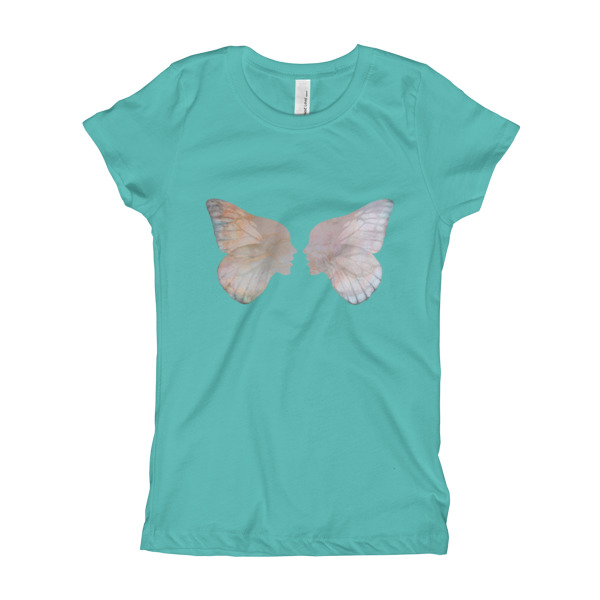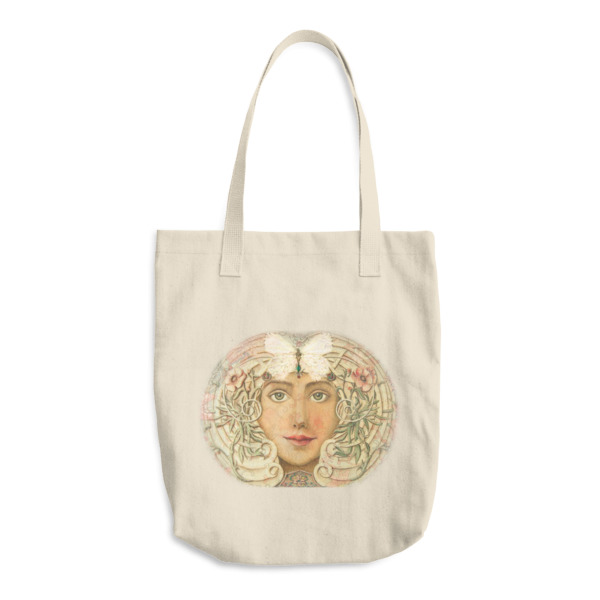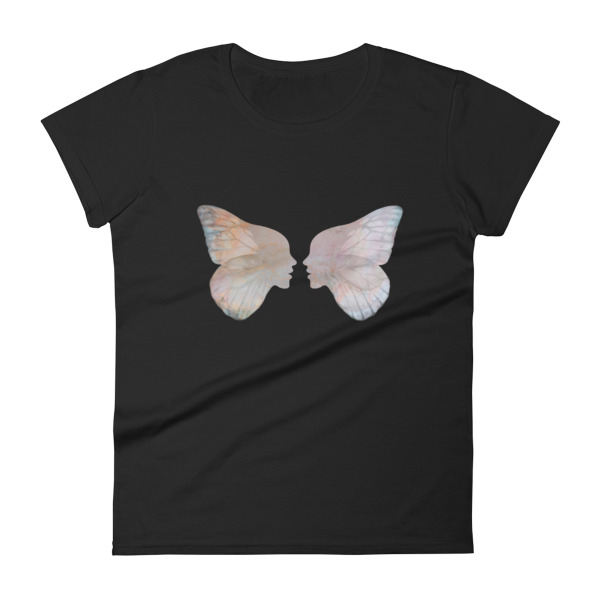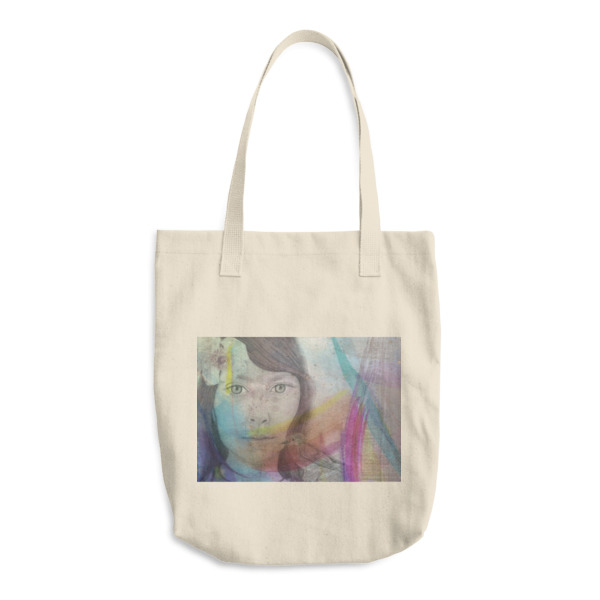Frida Kahlo (1907-1954)
Frida Kahlo de Rivera, born Magdalena Carmen Frida Kahlo y Calderón; was a Mexican artist who painted many portraits, self-portraits, and works inspired by the nature and artifacts of Mexico. Inspired by the country’s popular culture, she employed a naïve folk art style to explore questions of identity, postcolonialism, gender, class, and race in Mexican society.
Her paintings often had strong autobiographical elements and mixed realism with fantasy. In addition to belonging to the post-revolutionary Mexicayotl movement, which sought to define a Mexican identity, Kahlo has been described as a surrealist or magical realist. Kahlo’s work has been celebrated internationally as emblematic of Mexican national and Indigenous traditions, and by feminists for what is seen as its uncompromising depiction of the female experience and form. Born to a German father and a mestiza mother, Kahlo spent most of her childhood and adult life at her family home in Coyoacán, La Casa Azul, now known and publicly accessible as the Frida Kahlo Museum. She was left disabled by polio as a child, and at the age of eighteen was seriously injured in a traffic accident which caused her pain and medical problems for the rest of her life.
Prior to the accident, she had been a promising student headed for medical school, but in its aftermath and long recovery she had to abandon higher education. Although art had been Kahlo’s hobby throughout her childhood, she began to entertain the idea of becoming an artist. Kahlo was also interested in politics, and in 1927 joined the Mexican Communist Party.
Through the Party she met the celebrated muralist Diego Rivera. They were married in 1928, and remained a couple until Kahlo’s death. Kahlo spent the late 1920s and early 1930s traveling in Mexico and the United States with Rivera, who was working on commissions. During this time she developed her own style as an artist, and drew her main inspiration from Mexican folk culture. She began painting, and painted mostly small self-portraits which mixed elements from pre-Columbian and Catholic mythology.
Her paintings raised the interest of the Surrealist artist André Breton, who arranged for Kahlo to have her first solo exhibition at the Julien Levy Gallery in New York in 1938. The exhibition was a success, and was followed by another in Paris in 1939. While the French exhibition was less successful, the Louvre purchased a painting from Kahlo, “The Frame”, making her the first Mexican artist to be featured in their collection. Throughout the 1940s, Kahlo continued to participate in exhibitions in Mexico and the United States. She also began to teach at the Escuela Nacional de Pintura, Escultura y Grabado “La Esmeralda”, and became a founding member of the Seminario de Cultura Mexicana.
Kahlo’s always fragile health began to increasingly decline in the same decade. She had her first solo exhibition in Mexico in 1953, shortly before her death in 1954 at the age of 47. Kahlo was mainly known as Rivera’s wife until the late 1970s, when her work was rediscovered by art historians and political activists. By the 1990s, she had become not only a recognized figure in art history, but also regarded as an icon for Chicanos, the Feminism movement, and the LGBTQ movement.

